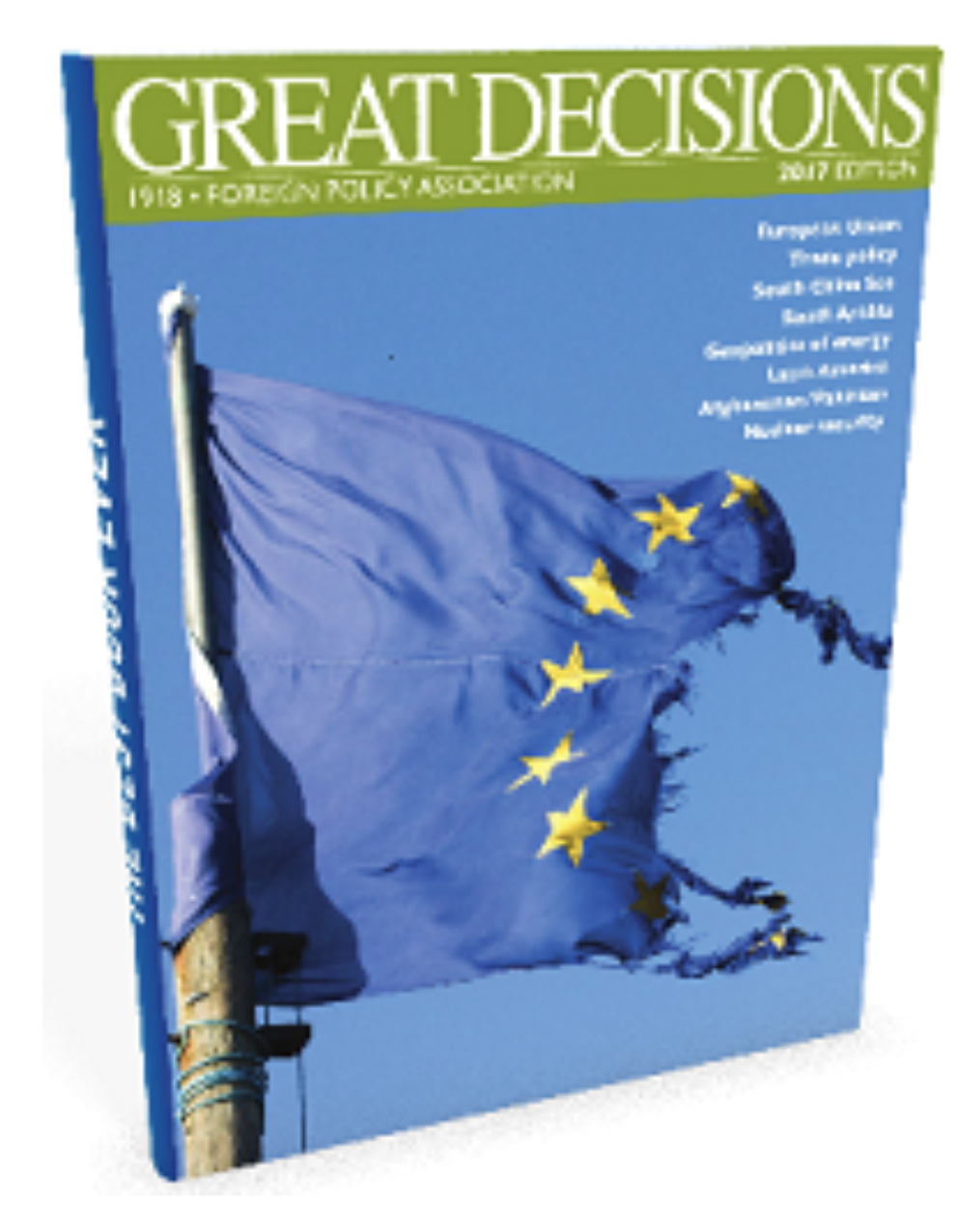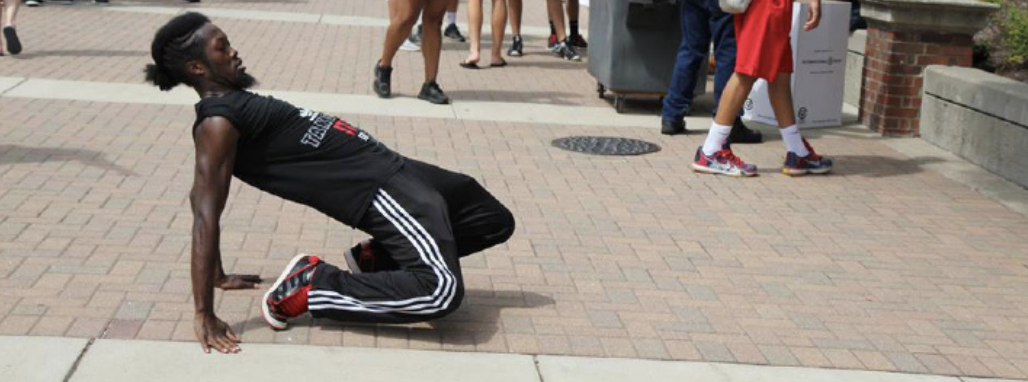By Gopika Nair, Editor-in-Chief
An upcoming software program might be the solution to improving Ohio Wesleyan’s retention rates.
Starfish is a software meant to help students achieve success during their time at OWU by providing an interface for faculty and staff to keep track of students.
The program, which will be implemented this fall semester, will help students communicate with their professors, advisers and other student services on campus with ease, said Brian Rellinger, chief information officer and associate provost for academic support.
In addition to Rellinger, six faculty and staff members contributed to the acquisition and implementation of the software: Dwayne Todd, vice president for student engagement and success and dean of students; Brad Pulcini, assistant dean for student engagement; Lynda Hall, professor of psychology; Kirk Rustin, senior systems analyst; Josh Alvarez, systems analyst and Jim Stull, director of Sagan Academic Resource Center.
“Students are able to receive feedback from faculty on their academic performance and use the referral feature to connect with a librarian, the Academic Resource Center, tutoring and other services,” Rellinger said.
Starfish is also meant to help faculty by letting them schedule appointments with advisees or students, in taking attendance and expressing concerns.
Sixteen faculty members have been testing out the software since March and gave feedback, Rellinger said.
Larry Griffin, department chair and professor of music, was one of the early adopters of the system.
Though Starfish features components similar to Self-Service, Starfish is “a major update with more benefits,” according to Griffin.
While Self-Service provides students with the ability to register for classes, add or drop courses and view grades, it doesn’t connect students with other services on campus, such as the Writing Center or Counselling Services.
“This software is designed to limit the number of students who fall through the cracks,” Griffin said. “It’s all designed so that we can always have access to information about the progress of students.”
Faculty will also have an easier time viewing the courses students have taken.
“In the music department, I have a lot of science and music double majors,” Griffin said. “Often times, students will be more focused on the science requirements and not paying attention to the music components.
“So with Starfish, I will be able to see what they’re doing on the science side and what progress they’re making to complete their music degree.”
Though there might be a learning curve for faculty and students to figure out the system, Griffin said it is user-friendly.
Katherine Glenn-Applegate, associate professor of education, was listed as one of the early adopters of the system, but said she had been unable to access the software.
Because of the changes the music department’s curriculum underwent, Griffin said, “It’s possible our data was updated more so than other departments … so we were diligently working with IT to plug everything in. I think if the other departments on campus work with IT, they’ll be able to address any issues.”







